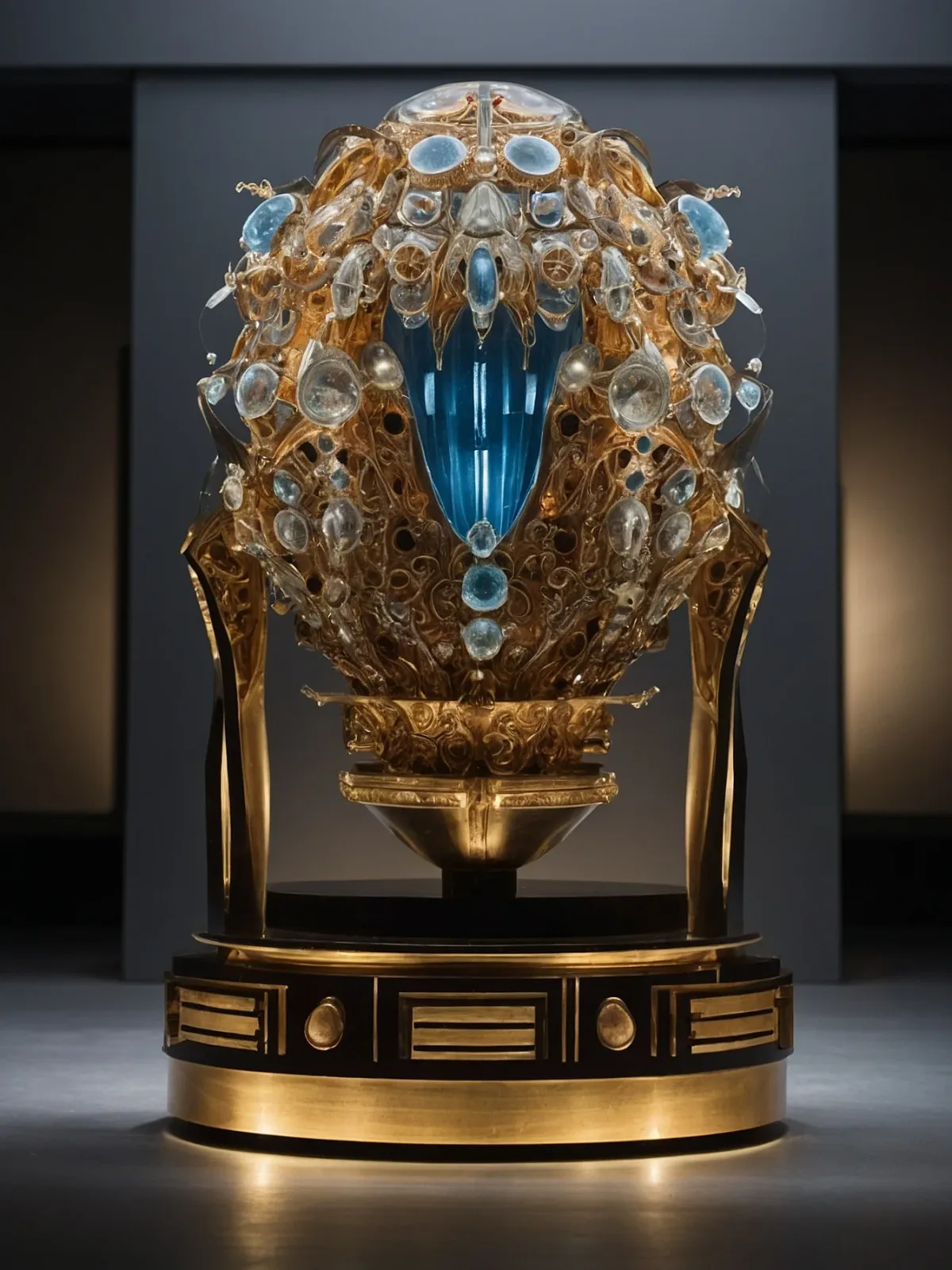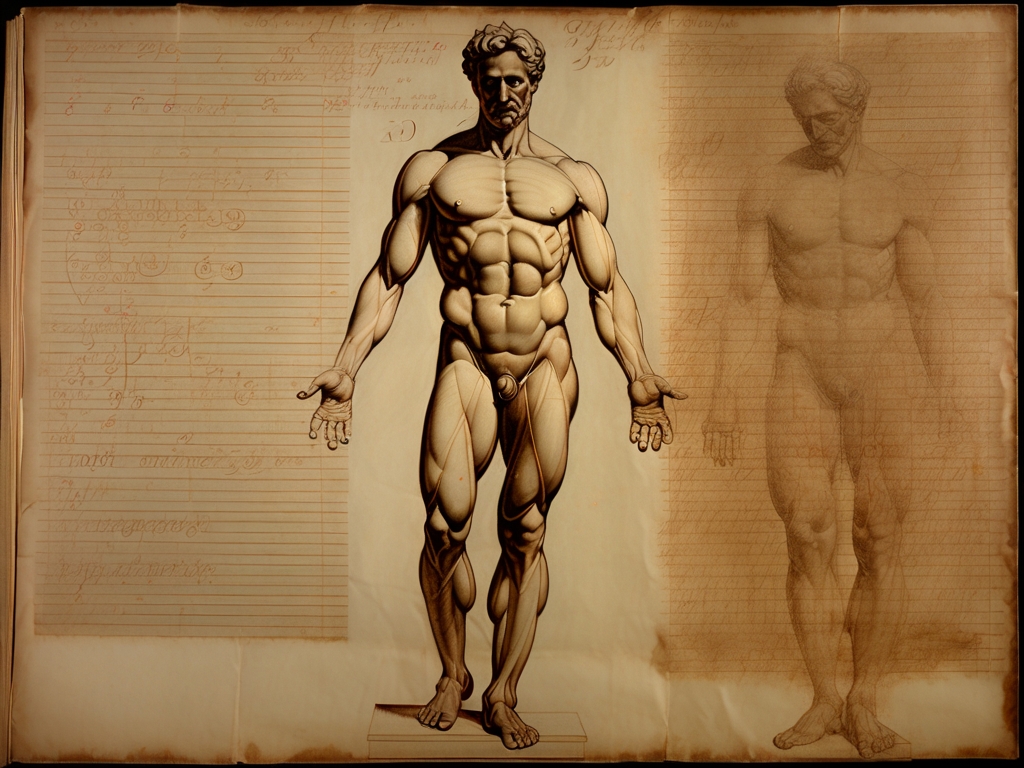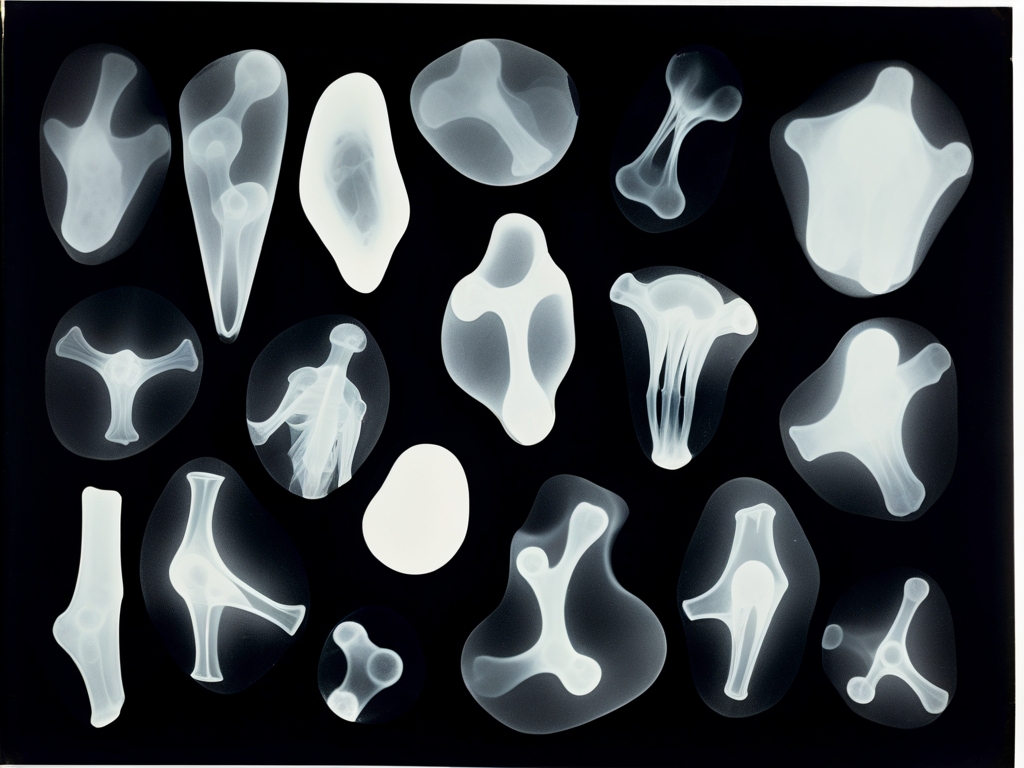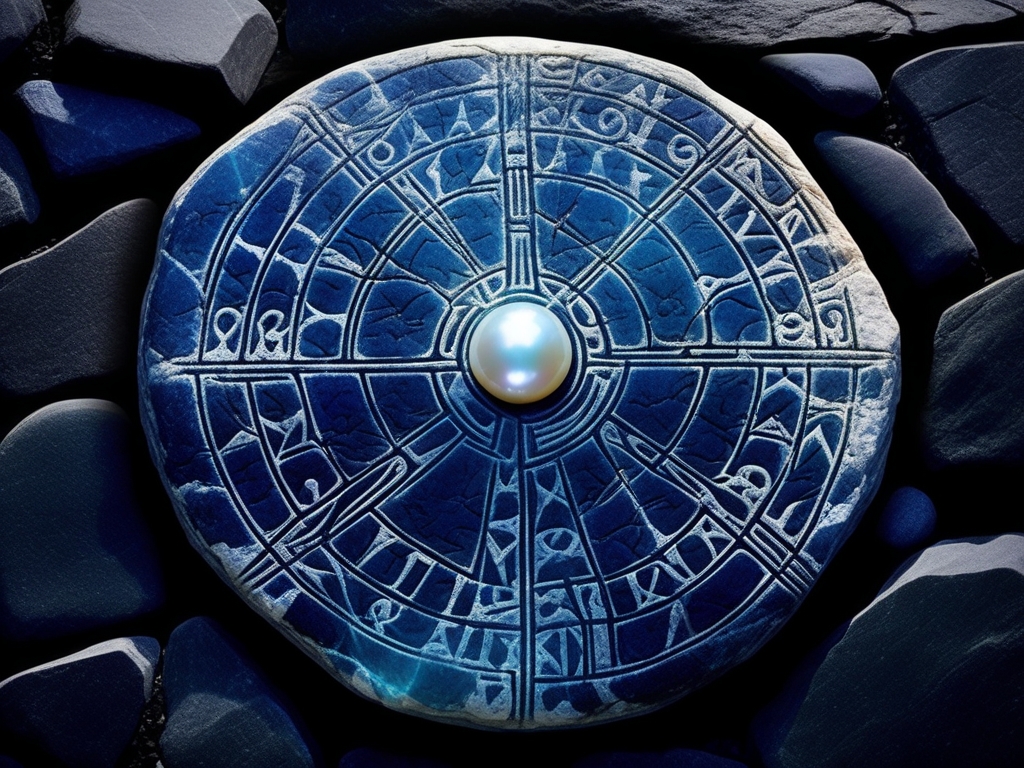Majestic Madness

Within the Hazardous Arcana chamber of our Ravensfield Collection is an exquisite embodiment of otherworldly craftsmanship—“Apparition Orbis,” a masterpiece conjured by the elusive art collective known as The Spectral Alliance. Created in 1897, its network of glass spheres and gold filigree encases a cerulean heart that pulses with a strange vitality. The piece commands attention, blending Victorian-era opulence with modern abstraction.
The origins of “Apparition Orbis” are as enigmatic as the group behind it. Records suggest their works hovered on the boundary between fine art and mysticism during the late 19th century. This particular object is their most infamous creation—not merely an artifact but a vessel for bizarre and disquieting stories.
Caught in this web of peculiarity was Rupert Gainsborough—a modest librarian with a penchant for arcane lore. Upon visiting the gallery three decades ago, he encountered “Apparition Orbis.” His fascination grew insidiously; each shimmering globe reflected fragments of his psyche. Gainsborough reported hearing whispers emanate from its central orb—murmurs pulling him closer night after night.
“It’s not just an artwork; it’s a Faustian trade between realms, our minds being the currency.”
- Prof. Helene Whitlock (Occult Art Historian)
Gainsborough’s life unraveled under the spellbinding grip of ‘Orbis.’ His journals detail relentless dreams where phantasmal hands reached out from golden frameworks to guide him through labyrinthine corridors inside his mind. He wandered those spectral spaces till dawn’s light extricated him, only partially sane each day.
Neighbors noted oddities—the once reserved man had taken to nocturnal wanderings, murmuring about passages unseen by normal sight and entities invisible to unawakened minds. Convinced that ‘Orbis’ harbored entities seeking communion through dreams, he shunned daylight altogether.
Two years hence brought a tragic culmination: authorities found Gainsborough collapsed beside hundreds of nightmarish sketches scattered across his chamber walls, some painted with his own blood. His final words described the ultimate enlightenment as communion with a divine machine, unreachable to humans unless willing to forsake rational sanity forever.
Since these occurrences, curators have incrementally limited the audience's exposure to this piece, even taming their own academic inquisitiveness.




